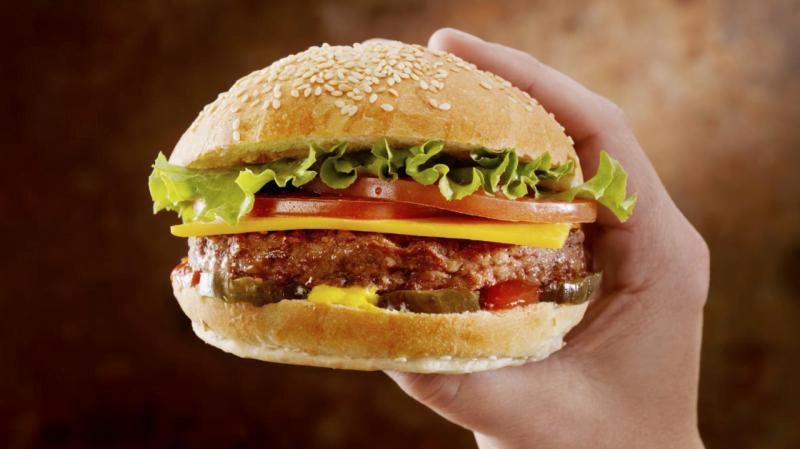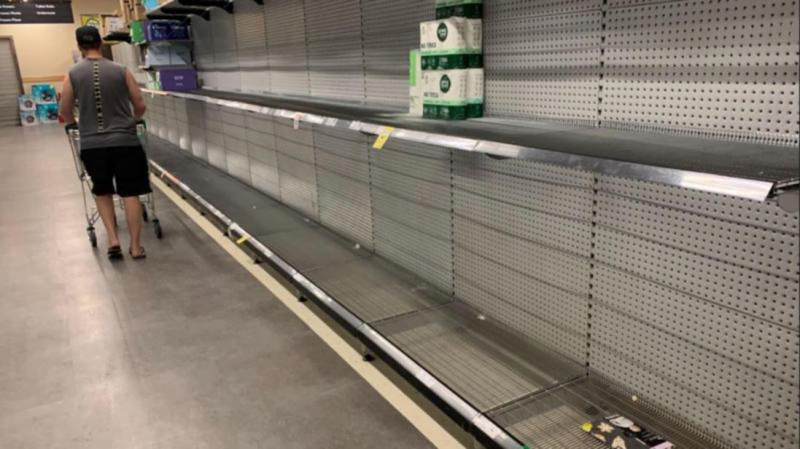According to UBS‘s latest food inflation report, fresh food inflation hit a peak of 9.8% in March, while the average prices for a basket of fresh and dried groceries at supermarkets remained high at 9.1% for the third quarter.
The report also revealed that food inflation is running at over double the rate experienced a year ago. While Woolworths and Coles have increased their discounting and promotions to help consumers cope with rising prices, higher prices at supermarket checkouts are expected to persist in the near future.
These high prices are affecting households facing rising bills, such as mortgages, rent, and other cost of living pressures, contributing to inflation and possibly forcing the Reserve Bank to raise interest rates. The latest UBS price tracker shows that food inflation pressure has continued into the new year.
Fresh food inflation has surpassed dried, with March’s fresh food inflation at 9.8% and dried grocery inflation at 9.1%. Despite efforts by leading supermarkets to manage high inflation, including discounting and promotional strategies, food inflation is forecast to remain high due to ongoing supply chain issues, labor shortages, domestic freight, and input pressures.
Woolworths and Coles are using different pricing strategies, with Woolworths reducing promotional depth to manage high inflation, while Coles retains elevated promotional depth to regain lost market share during COVID-19. Coles seems to be offering deeper promotions across its groceries on sale than Woolworths.
Woolworths, in contrast, is relying on other elements of its offer, such as its store network and online penetration. Major supermarkets, including Woolworths and Coles, will reveal their latest trading performance, providing further insight into food inflation and the strength of the Australian consumer.
For the latest retailer news and information, check out the IndiHub website or to speak to us on how we can help your business contact us.



